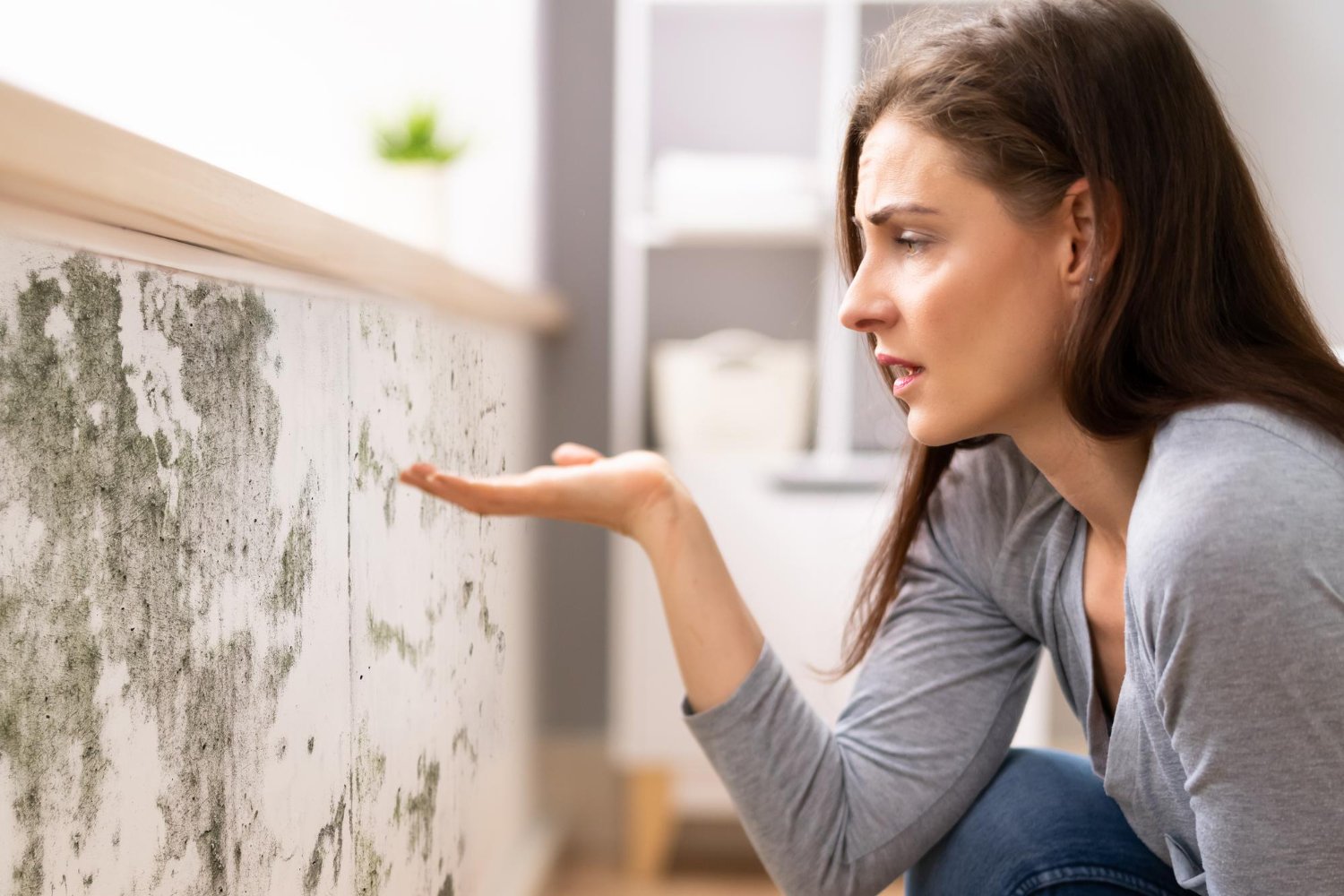Wall cracking after painting is a frustrating issue for many homeowners and property managers. You’ve invested time, effort, and money into getting your walls refreshed, only to find cracks forming on the surface weeks or even days later. While it may seem like a paint problem, the issue often runs deeper—literally.
Understanding why wall cracking happens after painting is key to preventing it and ensuring a longer-lasting, high-quality finish.
1. Poor Surface Preparation
One of the most common reasons for cracks after painting is inadequate surface preparation. Before paint is applied, walls should be cleaned, sanded, and primed. If old paint is flaking or there’s dust, grease, or moisture on the surface, the new paint won’t adhere properly. This weak bond can lead to cracking as the paint layer separates from the wall underneath.
Additionally, if cracks were present in the wall before painting and were not properly filled and sealed, they can reopen once the paint dries and contracts.
2. Use of Low-Quality Paint
Not all paints are created equal. Low-quality or expired paint tends to have poor flexibility and adhesive properties. As it dries and cures, it may shrink unevenly, leading to small hairline cracks or larger splits over time. High-quality paint contains binders and additives that help it stretch and flex with the wall’s natural movements, reducing the risk of cracking.
3. Environmental Conditions
Temperature and humidity play a major role in how paint behaves after application. Painting in extreme heat, cold, or humidity can prevent the paint from drying evenly. For example, if paint dries too quickly due to high temperatures, it may form a hard, brittle surface prone to cracking. Likewise, painting in high humidity can trap moisture underneath the paint layer, which may cause blistering or cracking as the water tries to escape.
4. Improper Application Techniques
Applying paint too thickly or using too many coats without allowing adequate drying time can also lead to cracking. Thick layers of paint dry unevenly and can develop stress cracks. Similarly, using the wrong tools—like a worn-out roller or brush—can apply paint inconsistently, affecting the final finish and durability.
5. Underlying Structural Issues
Sometimes, the paint is not to blame at all. Cracks may be a sign of underlying structural issues such as settling foundations, moisture infiltration, or thermal expansion. In such cases, no amount of paint can prevent cracking unless the root cause is addressed first.
If walls are shifting, or if there is ongoing water damage behind the surface, cracks will continue to appear no matter how well the painting job is done.
Preventing Wall Cracks After Painting
To reduce the chances of cracking:
- Properly inspect and repair any existing wall damage.
- Use high-quality paint suited for the specific surface.
- Paint in ideal weather conditions (moderate temperature, low humidity).
- Apply thin, even coats and allow each coat to dry thoroughly.
- Hire experienced professionals who follow the correct preparation and application steps.
Wall cracking after painting is a common issue—but it’s also largely preventable. By addressing the root causes before applying paint, you can ensure a smooth, long-lasting finish that enhances the beauty and durability of your walls.


